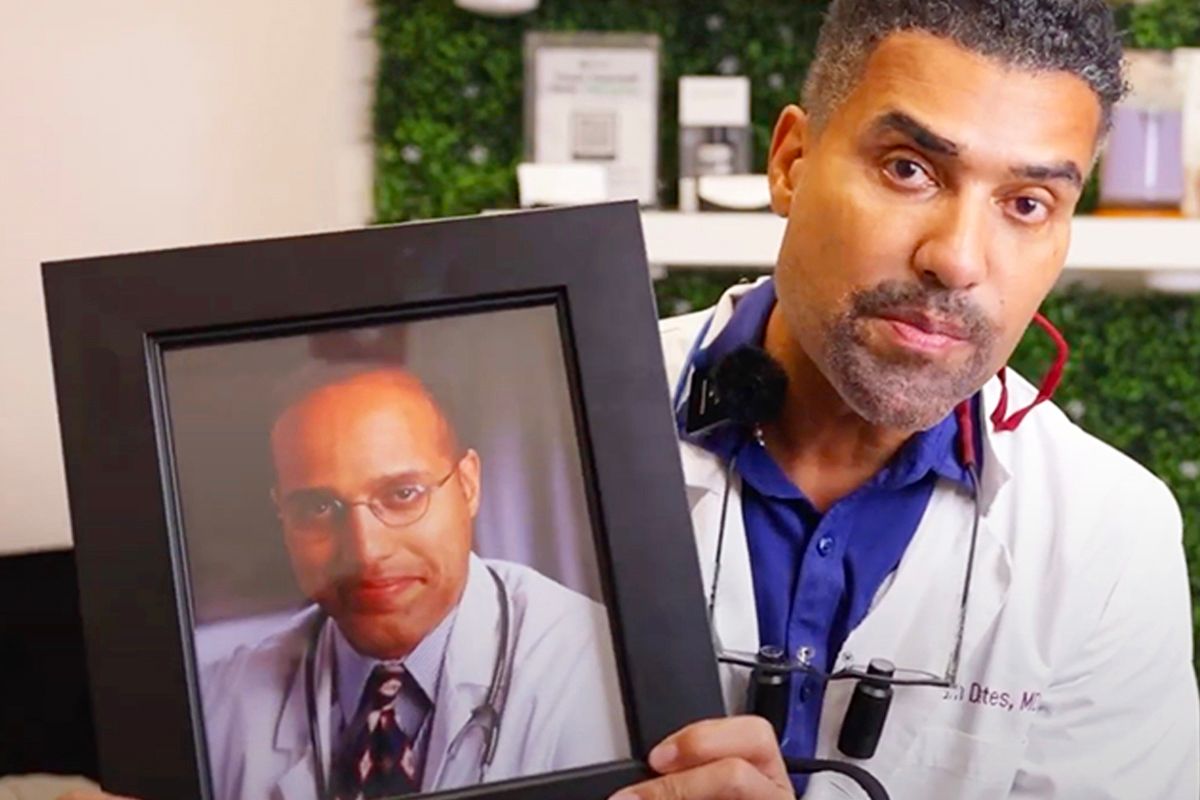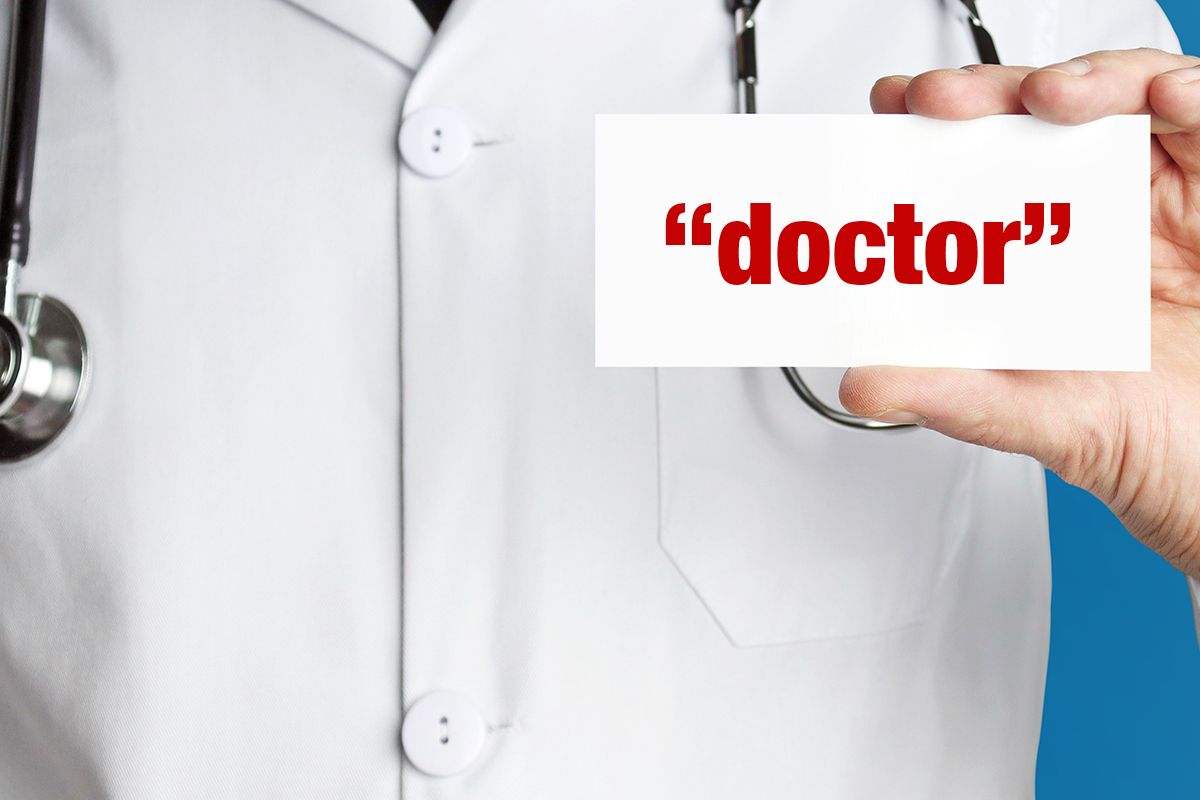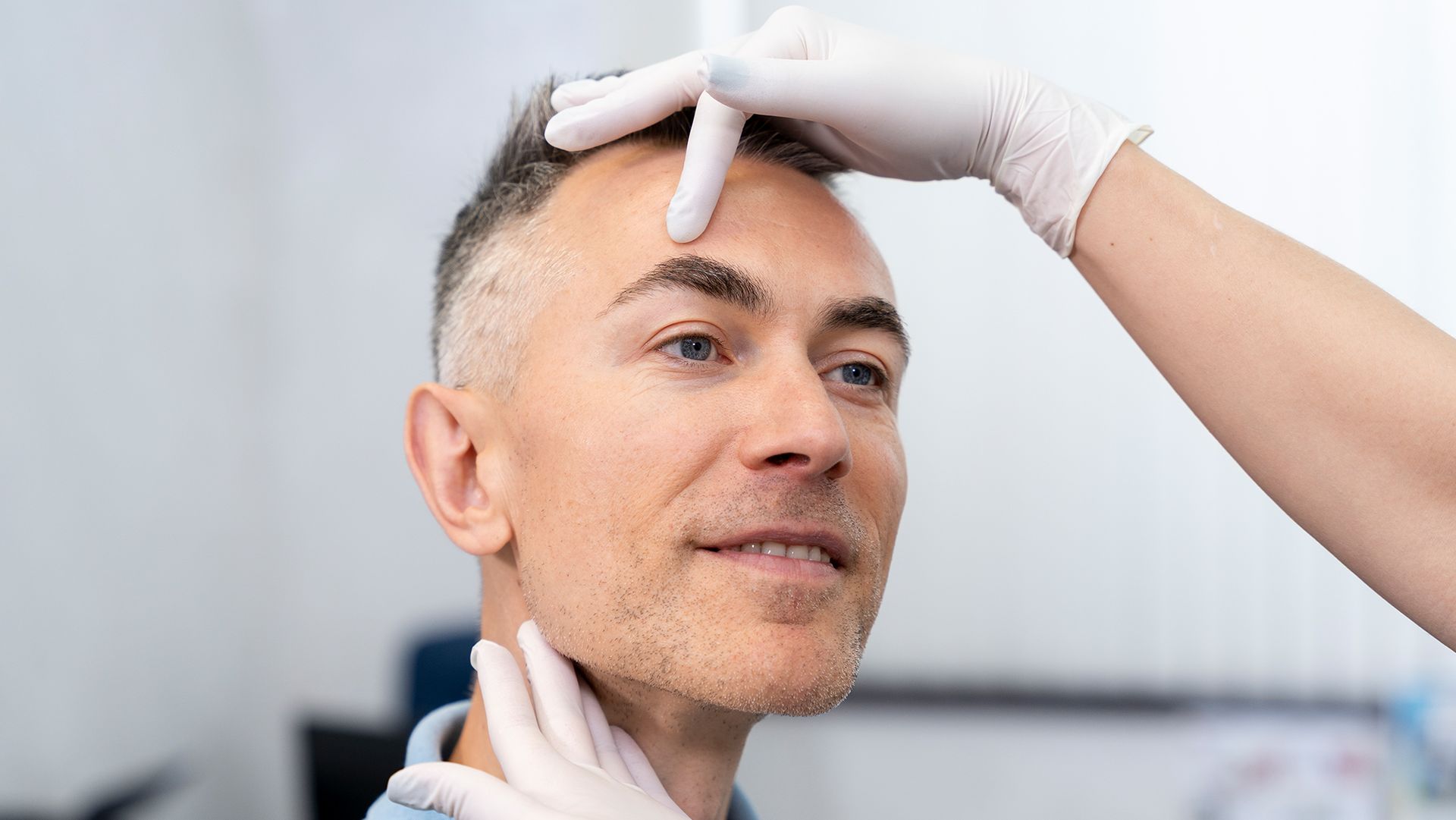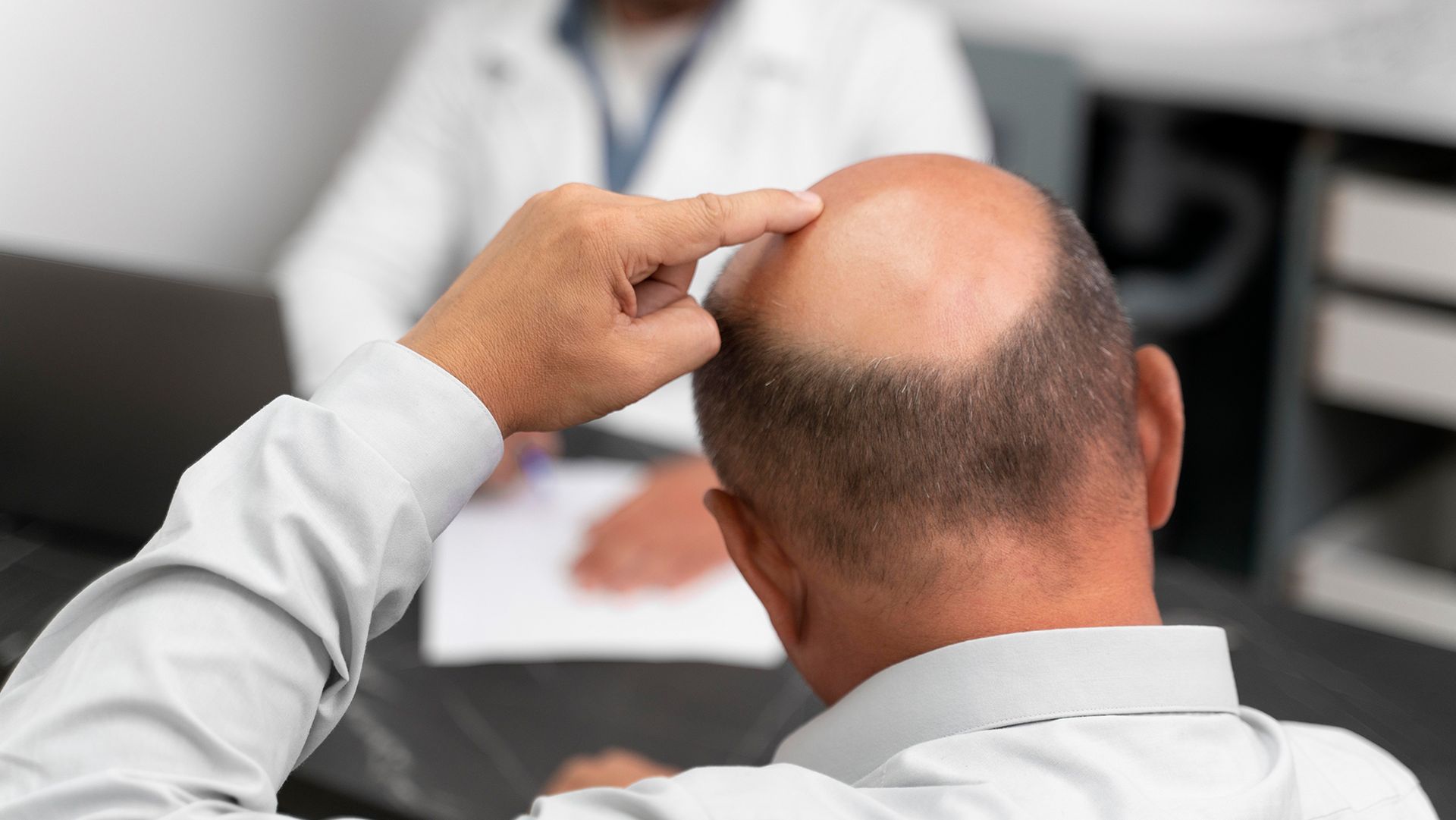What to Know About a Stem Cell Hair Transplant

Hair loss is more common than you think, affecting nearly 160 million people around the world. Despite this, there are different ways to address the condition, depending on the severity.
As research about hair loss continues, so does the discovery of new methods to counter it. One of them includes a stem cell hair transplant.
But you might wonder, what exactly is it? If so, keep reading to get a gist of how it works and what to expect from it.
How Does a Stem Cell Hair Transplant Work?
The primary element in stem cell hair transplant is stem cells. These refer to cells that can possibly develop into other cells in the body since they generally don’t have specific functions.
Stem cells have the ability to divide or renew. So, they can stay as stem cells or turn into other existing types. It means they can potentially repair tissues in the body by replacing them.
A hair transplant works by following this type of process through different ways, mainly by targeting the following:
- Blood flow: Stem cells can develop blood cells in the scalp, around the hair follicles, to boost blood flow. With this, it can supply more nutrients and oxygen to the roots, enabling growth and improving health.
- Inflammation: Inflammation is commonly associated with hair loss. If stem cells have strong anti-inflammatory properties, they can decrease these impacts and promote better regeneration levels.
- Hair follicles: In general, stem cells can develop new and healthier hair shafts, promoting overall growth. At the same time, it can activate dormant follicles and prompt them to regrow.
While stem cell therapies are a developing method, some clinics that specialize in hair restoration offer it as an alternative procedure. It’s also important to note that this method is not yet FDA-approved. So, you want to take your time to check other reliable options.
What to Expect with a Stem Cell Hair Transplant
If you decide to get a stem cell hair transplant, it’s best to set clear expectations with what to expect from the treatment. This way, you can get an idea of how it can affect your condition.
The following are a few things to keep in mind:
Success Rate
Despite ongoing observations of the average success rate of stem cell hair transplants, there have been studies that showcase positive results.
In one of these, the treatment allowed for an
increase in hair density by about 29%. Another
study finds that participants who went through the procedure noticed a boost in hair growth but also experienced post-procedural pain.
While there’s no exact number, it’s safe to say that the procedure has the potential to address hair loss symptoms in males and females of different ages.
Side Effects
Although studies are yet to identify a clear list of side effects for this treatment, some say it’s safe to expect the same post-treatment results as usual hair transplants. It includes the risk of bleeding, scarring, pain, and infection.
Other side effects may come up, depending on how the treatment was received. Either way, it’s good to ask your doctor what you should expect. This way, you can determine whether these effects require immediate medical attention.
Recovery Time
One thing about stem cell treatments is that they usually have a short recovery time compared to other hair transplant methods.
Most traditional procedures take days to months to fully heal. But with a stem cell hair transplant, you won’t need as many incisions and surgical damage. So, you have less to worry about when it comes to recovery.
Instead, it pays close attention to the processes in your body. With this, you will likely heal leaving little to no signs of the procedure.
Alternative Hair Transplant Treatments
If you want to consider other hair transplant options, you might want to consider the common choices. One thing to keep in mind is that these are more invasive than stem cell hair transplants. Even so, they offer long-term and effective results backed by several studies.
These procedures are as follows:
Follicular Unit Transplantation
When you get a follicular unit transplantation or FUT, your surgeon will cut a strip of your scalp to harvest hair follicles. These will later be implanted onto other parts of your scalp with noticeable hair thinning or baldness.
Because of the way it works, you can expect linear scarring after the procedure. While it heals over time, there are instances where it stays, requiring you to cover it up with your hair or through extra hair implants.
These hair transplant methods often come with more side effects. To ensure proper healing, it’s crucial to follow the aftercare instructions your doctor will provide.
Follicular Unit Extraction
A follicular unit extraction or FUE produces the same results. The core difference between these procedures is the manner of harvesting the grafts.
With FUE, your surgeon takes hair follicles directly from the donor area using a different tool. Instead of cutting a strip of your scalp, it makes small, round cuts to gather them. This way, you won’t have to deal with extra scars and can get more natural-looking and seamless results.
Keep in mind that implanting the hair follicles still requires an incision where you want to have them. Even so, it can reduce your worries during the recovery process.
Despite these benefits, FUE procedures usually cost more than FUT. So, be sure you take your time to reconsider different options and consult a professional, especially if you’re on a tight budget.
In Summary
As experts look into more ways to address hair loss, it’s still important to make sure you understand what you’re getting yourself into. While a stem cell hair transplant seems tempting, it’s important to note that it’s a developing method and yet to be approved by the FDA.
Traditional hair transplant procedures are a good alternative that provides promising results, especially if you want something permanent. So, until the new method is guaranteed safe and effective, you may want to look into FUT and FUE first!









